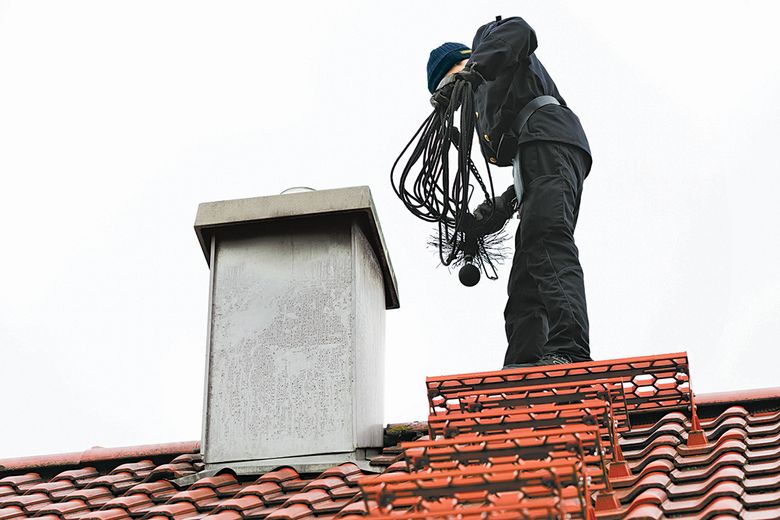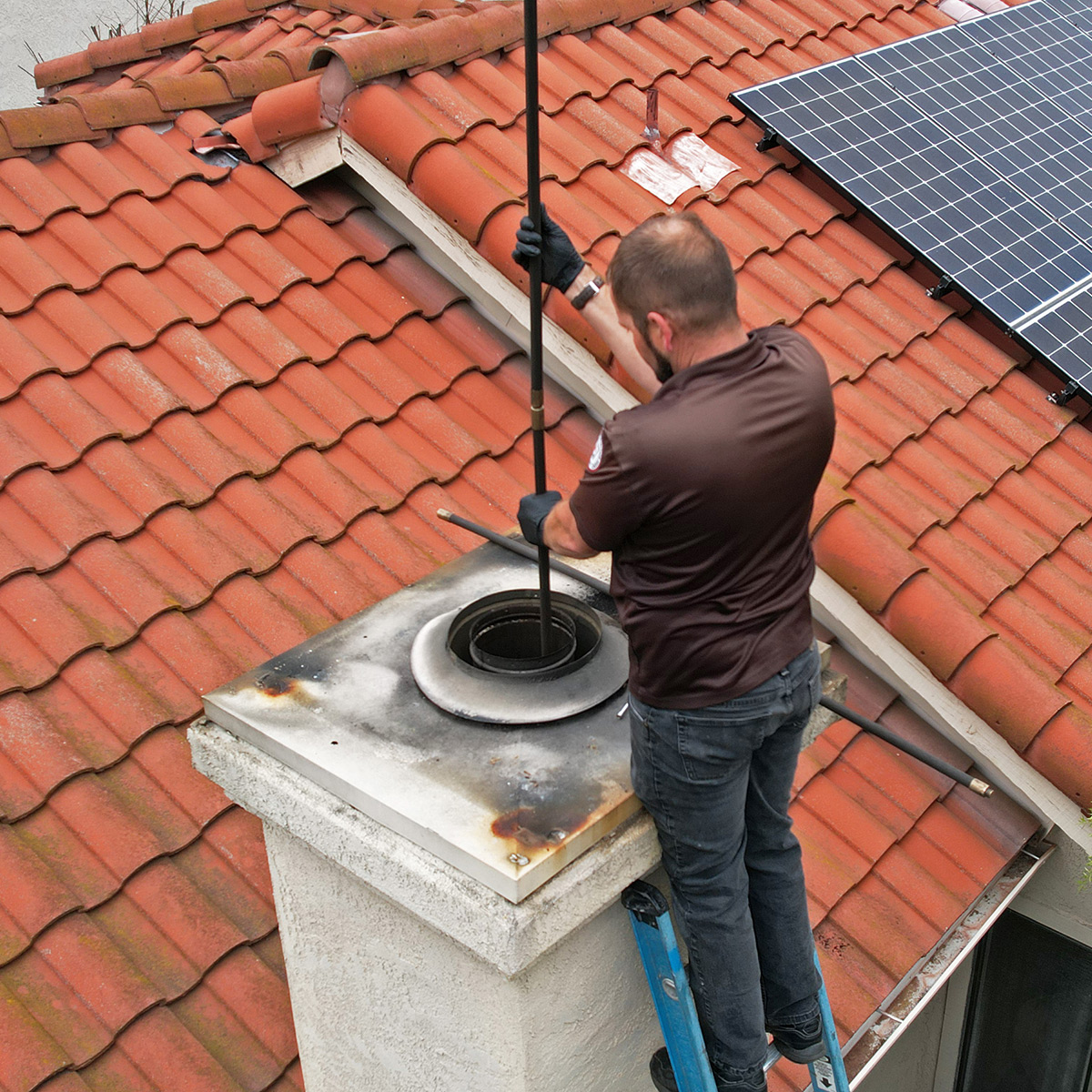The Ultimate Overview to Chimney Sweep San Jose Techniques for a Safer Home
The Ultimate Overview to Chimney Sweep San Jose Techniques for a Safer Home
Blog Article
The Ultimate Smokeshaft Cleansing Checklist for Homeowners
A well-kept smokeshaft not just enhances the overall functioning of your heating system however likewise reduces the risk of prospective hazards such as fires and carbon monoxide leaks. Chimney Sweep San Jose. From checking the smokeshaft structure to eliminating creosote build-up, each action plays an important function in guarding your home and loved ones.
Chimney Assessment and Analysis
When conducting a chimney evaluation and analysis, it is important to completely check out the exterior and interior components for indications of damage or accumulation. The inside of the smokeshaft need to be inspected for any kind of blockages, such as bird nests or excess residue, which can pose a fire risk. Examining the flue for creosote accumulation is vital as this very combustible material can create a smokeshaft and spark fire. In addition, examining the problem of the smokeshaft liner is vital to make sure appropriate ventilation and security.

Exterior Upkeep and Repairs
Examining the exterior of the smokeshaft for any type of structural problems, such as fractures, loose bricks, or signs of water damage, is vital in making certain the total safety and security and durability of the smokeshaft. Regularly examining for any type of cracks in the mortar or blocks can help protect against water from leaking in and creating damage to the smokeshaft structure. Addressing these outside maintenance concerns in a timely way can prolong the life of your smokeshaft and avoid pricey repair work down the line.
Cleansing the Chimney Flue and Damper
To ensure appropriate operating and security of your smokeshaft, regular cleansing of the smokeshaft flue and damper is vital. The smokeshaft flue is the passage that enables smoke and gases to exit your home, while the damper is a movable plate that manages air movement. Begin by checking the flue for any kind of obstructions such as bird nests, particles, or creosote build-up. Use a flashlight to look for any kind of signs of damage or clogs. Next off, thoroughly get rid of any particles using a chimney brush or vacuum created for this right here purpose. Guarantee that the damper opens up and shuts efficiently, as a correctly working damper aids regulate airflow and avoids drafts when the smokeshaft is not being used. Additionally, consider setting up a chimney cap to avoid debris and pets from going into the flue. Routine upkeep of the smokeshaft flue and damper not just improves the efficiency of your chimney however also lowers the risk of chimney fires and carbon monoxide build-up in your home.
Getting Rid Of Creosote Accumulation Safely
Just how can property owners securely eliminate creosote buildup from their smokeshaft to maintain its ideal performance and security? Creosote, a byproduct of shedding timber, can collect in chimneys over time, presenting a fire danger if not correctly taken care of.
There are different approaches to remove creosote, relying on the buildup's intensity. For light creosote buildup, utilizing a smokeshaft brush or a homemade creosote remover made from equivalent parts water and vinegar can be efficient (Chimney Sweep San Jose). For thicker down payments, professional chimney cleaning company may be needed
It's vital to wear protective equipment such as handwear covers, goggles, and a mask when dealing with creosote to protect against skin irritation or inhalation. Furthermore, correct air flow while cleaning the chimney is important to stay clear of breathing in hazardous fumes. Routine smokeshaft examinations and cleansings can help prevent creosote accumulation, making sure the safety and security and performance of your smokeshaft.
Fire Safety Precautions for Chimney Owners
Regular chimney inspections by licensed professionals are vital to recognize any kind of blockages, creosote accumulation, or architectural issues that might posture a fire danger. Mounting a smokeshaft cap can stop particles, pets, and rain from getting in the chimney and triggering clogs or damages. Additionally, chimney proprietors need to have a stimulate arrestor or chimney stimulate arrester mounted to prevent sparks from running away and possibly sparking neighboring combustibles.

Verdict
In final thought, routine chimney maintenance is critical for guaranteeing the safety and performance of your fire place. By adhering to the utmost chimney cleansing checklist outlined in this article, home owners can check, tidy, and repair their smokeshaft effectively. Appropriate upkeep not just reduces the danger of chimney fires however likewise prolongs the lifespan of the smokeshaft system. Remember to focus on security and schedule straight from the source regular chimney assessments to maintain your home warm and risk-free.
Inspecting the smokeshaft cap look what i found and crown for any damage is crucial to avoid water from permeating right into the smokeshaft and causing further damage.
Routine maintenance of the smokeshaft flue and damper not only enhances the effectiveness of your smokeshaft however additionally decreases the threat of smokeshaft fires and carbon monoxide buildup in your home.
Routine smokeshaft inspections and cleanings can assist protect against creosote buildup, making sure the safety and security and efficiency of your chimney. (Chimney Sweep San Jose)
Mounting a smokeshaft cap can prevent debris, animals, and rain from entering the chimney and creating clogs or damage. Appropriate upkeep not just lowers the danger of smokeshaft fires but also extends the lifespan of the smokeshaft system.
Report this page